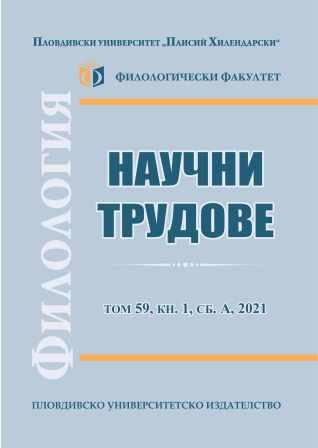Союзы чтобы и дабы: русская синтаксическая особенность в церковнославянской норме
Conjunctions ‘chtoby’ and ‘daby’: a Russian syntactical feature in the church-slavonic language
Author(s): Tanya Neycheva
Subject(s): Language studies, Language and Literature Studies, Theoretical Linguistics, Historical Linguistics, Eastern Slavic Languages
Published by: Пловдивски университет »Паисий Хилендарски«
Keywords: conjunctives; subjunctive mood; conjunctive mood; da-constructions; Church-Slavonic; Russian; 18th century
Summary/Abstract: The Conjunctions chtoby ‘so that, in order to’ and daby ‘so that, in order to’ arose almost simultaneously in Russian (the first, most likely, in Church Slavonic texts), moreover, in the period from the 15th to the 17th centuries there was no strict distinction between them, although there had already been a tendency for more frequent use of chtoby in administrative and everyday texts, and of daby in Church Slavonic texts. On the other hand, the data of modern languages (19th – 21st centuries), both Russian and Church Slavonic, indicate that at some point chtoby was finally ousted from the “synodal” Church Slavonic, and daby in Russian already was already perceived as a “bookish” and archaic conjunction. The author puts forward the thesis that the roots of the named functional and stylistic differentiation should be sought in the 18th century, the period when separate Church Slavonic and Russian literary languages were born.
- Page Range: 235-246
- Page Count: 12
- Publication Year: 2022
- Language: Russian
- Content File-PDF

